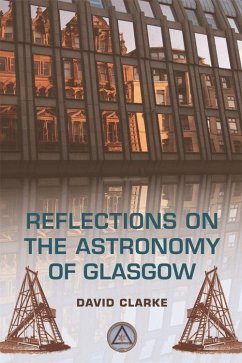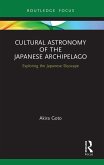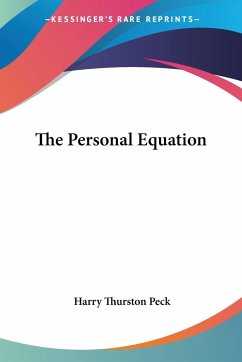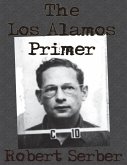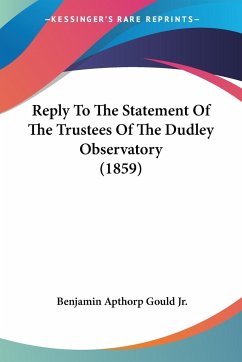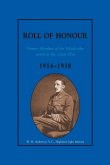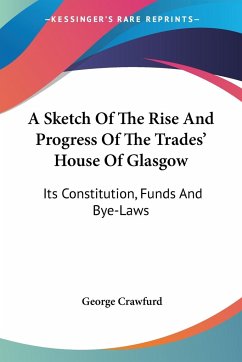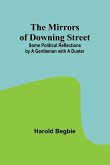[Please include image provided somewhere on the back cover] 'Detailed and colourful insights into the people and events behind Glasgow's half millennium of astronomical achievements and the direction of modern trends.' John C. Brown, 10th Astronomer Royal for Scotland The words 'Astronomy' and 'Glasgow' seem an incongruous juxtaposition, and yet the two are closely linked over 500 years of history. This is a tale of enlightenment and scientific progress at both institutional and public levels. Combined with the ambitions of civic commerce, it is a story populated with noteworthy personalities and intense rivalries. It is remarkable to realise that the first Astronomy teaching in the Glasgow 'Colledge' presented an Earth-centred Universe, prior to the Copernican revolution of the mid-16th century. Glasgow became well known astronomically through Wilson's sunspot observations of the 1760s, but less familiar local stories include developments in appreciating monochromaticity within light, in understanding the natures of dew point and hoar frost, and the fact that Herschel discovered infra-red radiation in the solar spectrum using Glasgow-made thermometers. This engrossing and entertaining scientific history includes the story of Glasgow's 'Big Bang' of 1863, the controversy over the role of 'Astronomer Royal for Scotland' and a historical survey of the eight observatories that once populated Glasgow. The author brings us a complex weave of science and accompanying social history in this unique and fascinating work. David Clarke is a practical astronomer, having worked around the world on optical telescopes and on space missions such as Skylab and Pioneer 10. His chief focus has been the study of Astronomical Polarimetry and he has spent most of his career within the University of Glasgow in Education and Research as Observatory Director. He is author of a pair of undergraduate texts, Astronomy: Structure of the Universe (1988) and Astronomy: Principles and Practice (2003), as well as Stellar Polarimetry (2010). Front cover images: Gainsborough House with reflected image of the Connell Building (c) David Clarke. A sketch of the 15-inch Ramage telescope at Greenwich. Back cover image: A sketch of the Observatory round c. 1843 taken from Illustrations on the Climate of Glasgow 1843-4 prepared by Professor Nichol and published in Glasgow by Robert Stuart, Ingram Street, 1844. Cover design: [EUP logo] www.euppublishing.com
Hinweis: Dieser Artikel kann nur an eine deutsche Lieferadresse ausgeliefert werden.
Hinweis: Dieser Artikel kann nur an eine deutsche Lieferadresse ausgeliefert werden.

